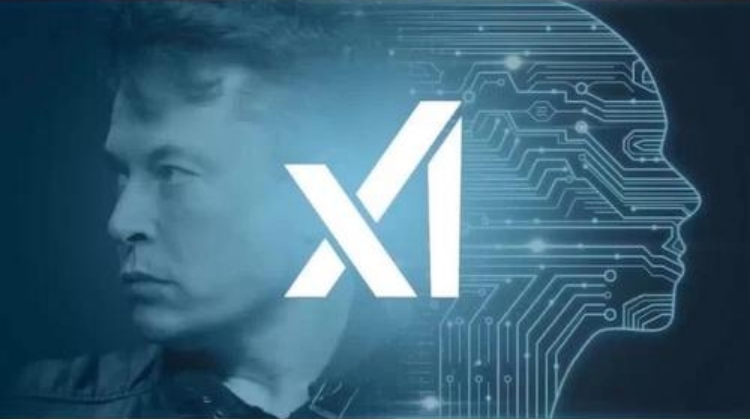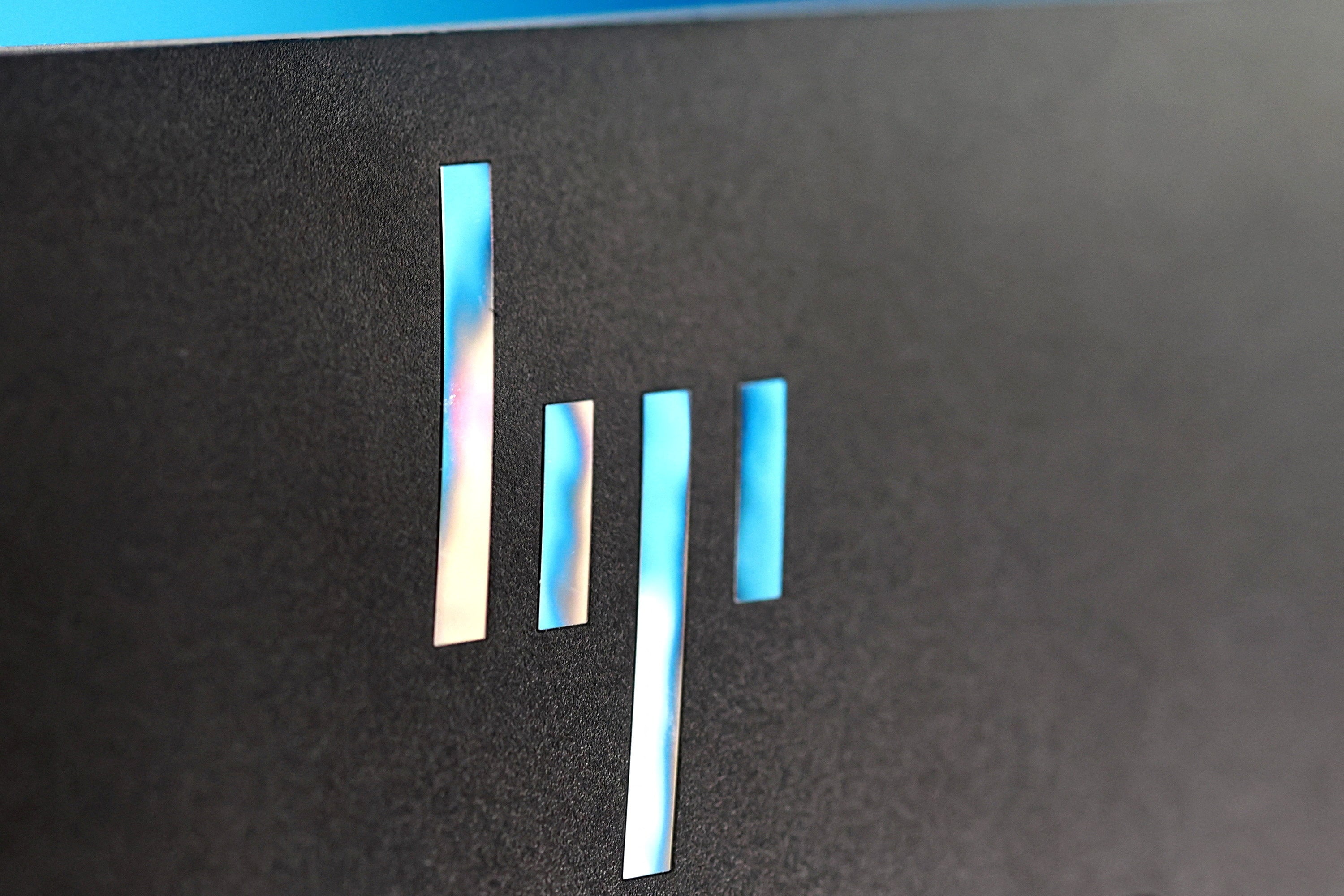
In the fierce competition of the technology industry, xAI, owned by Musk, has become the focus. According to Bloomberg, the company burns through up to $1 billion each month to build advanced AI models, yet its revenue is very limited, with costs far exceeding revenue growth. Currently, xAI is seeking to raise 9.3 billion US dollars through debt and equity. Even though the funds have not yet arrived, it has already planned to spend more than half of them in the next three months.
Since its establishment in 2023, xAI has raised 14 billion US dollars in equity financing. However, by the beginning of the first quarter of this year, there was only 4 billion US dollars left in the account, and it is expected to be burned out in the second quarter. In 2025, xAI is expected to burn through approximately 13 billion US dollars. The pace of its financing is almost just barely keeping up with its spending, and it even plans to raise another 6.4 billion US dollars in 2026. It is not difficult to see from these figures that the rate at which xAI is burning money and its financing needs have reached an astonishing level, highlighting the huge financial pressure that the AI industry is facing when pursuing technological breakthroughs.
The huge amount of funds was mainly used for building data centers, purchasing servers and high-end chips and other infrastructure. Building advanced AI models requires powerful computing capabilities and massive data support, which makes infrastructure construction a "money-burning" project. To train the model, xAI not only has to purchase a large number of expensive chips, but also needs to continuously invest funds in maintaining and upgrading the data center. These costs are constantly depleting the company's financial reserves.
xAI is facing fierce market competition. Competitors such as OpenAI and Anthropic have long made their moves in the AI field, enjoying a first-mover advantage and more mature business models. OpenAI has achieved remarkable commercial success with ChatGPT and is expected to generate a revenue of 12.7 billion US dollars this year. In contrast, xAI's revenue is projected to be only 500 million US dollars this year. Although it is expected to increase to over 2 billion US dollars next year, there is still a considerable gap compared with its competitors. In this contest of technological and business strength, xAI needs to continuously invest funds in research and development and market expansion in order to secure a place in the competition.
Despite facing financial difficulties, xAI also has some unique advantages. As the world's richest man, Musk is willing to invest a huge amount of money in the project before it turns a profit, providing a strong financial backing for xAI. After xAI merged with Musk's social media platform X, it is expected to leverage X's rich and constantly updated profiles to train models, reduce the cost of purchasing datasets, and directly obtain high-performance computer chips through X, thus gaining an advantage in computing power. These potential advantages enable xAI to optimistically expect to achieve profitability in 2027.
At present, the progress of xAI's debt financing is not smooth. Morgan Stanley helped it raise $5 billion in debt financing, but investor interest was lukewarm. The main reason lies in the fact that xAI has not yet turned a profit, and its debts have not been rated. Investors have limited understanding of its financial situation and a high risk perception. When Musk acquired Twitter (now X) in 2022, the $13 billion loan provided by banks could not find a buyer and was forced to be kept on the books for two years, which also made investors hesitant about Musk's financing history.
The money-burning predicament and financing difficulties of xAI reflect the common challenges in the AI industry. With the rapid development of AI technology, more and more companies are flooding into this field, and the competition is becoming increasingly fierce. In order to stand out in the competition, enterprises need to constantly invest a large amount of funds in research and development and infrastructure construction, which leads to the entire industry facing huge financial pressure. AI technology is still in its development stage, and its business model is not yet fully mature. Revenue growth is relatively slow, making it difficult to support the high costs.
In the long run, if xAI wants to achieve profitability and gain a firm foothold in the market, it needs to optimize the efficiency of capital utilization and enhance its revenue-generating capacity. On the one hand, companies can reduce costs and improve the utilization rate of resources through technological innovation. On the other hand, it is necessary to accelerate the commercialization process of products and expand diversified revenue channels. xAI still needs to enhance communication with investors, improve financial transparency and boost investor confidence.
Musk's xAI is at a critical juncture. The monthly burning rate of 1 billion US dollars and the difficult financing path present both challenges and opportunities. If the problem of funds can be successfully solved and its own advantages can be fully exerted, xAI is expected to achieve a breakthrough in the field of AI and become a leader in the industry. Conversely, if it cannot be effectively dealt with, it may gradually be marginalized in the fierce market competition.

Recently, HP announced that it expects to cut 4,000 to 6,000 jobs worldwide by fiscal year 2028 as part of a plan to simplify operations and use artificial intelligence to accelerate product development, improve customer satisfaction, and enhance productivity.
Recently, HP announced that it expects to cut 4,000 to 6,00…
Recently, according to people Media, McDonald's announced t…
In the Geneva negotiation hall that day, by the time coffee…
On the evening of November 25th local time, the three major…
Amidst the intensifying global geopolitical conflicts and t…
As ESG concepts evolve and regulatory scrutiny intensifies,…